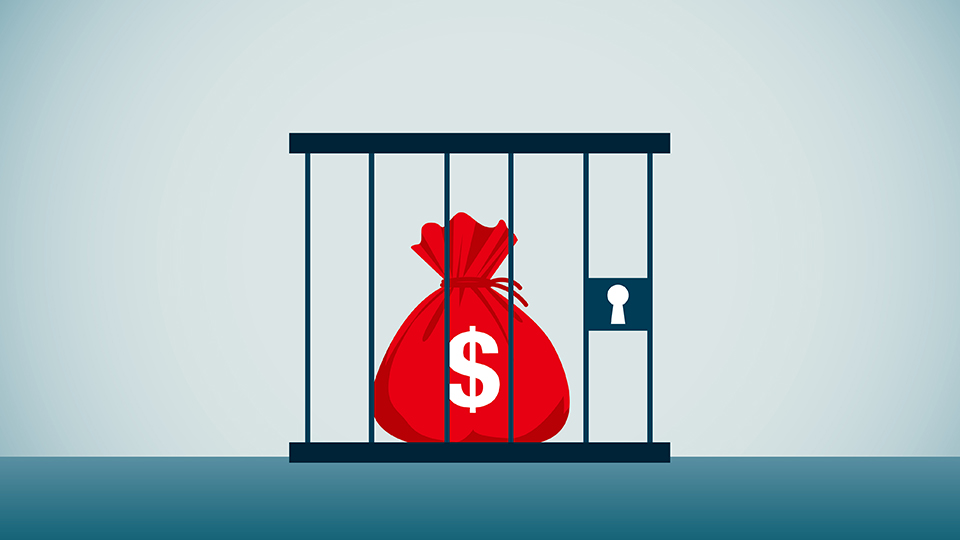The Australian Taxation Office (ATO) has simplified tax deduction claims on expenses like heating and lighting for people working from home due to the coronavirus (COVID-19) pandemic.
The ATO has introduced a shortcut method that allows workers to claim 80 cents for each hour worked from home as a result of COVID-19.
Workers can claim the deductions from March 1, 2020 through to June 30, 2020, although the ATO said it may extend these arrangements depending on when workplaces return to normal.
This article will provide content on both the shortcut method and the other methods you can adopt when claiming home office expenses.
Shortcut method
What deductible expenses can you claim?
The shortcut method offers a flat rate that covers deductible expenses, including:
- Electricity for lighting, cooling or heating and running electronic items used for work
- The decline in value and repair of capital items, such as home office furniture and furnishings
- Cleaning expenses
- Your phone costs, including the decline in value of the handset
- Your internet costs
- Computer consumables, such as printer ink
- Stationery
- The decline in value of a computer, laptop or similar device.
Taxpayers must have spent the money themselves, and claims must be directly related to earning income.
Workers don’t need to have a dedicated workspace at home under the new arrangements, and multiple people living in the same house can claim the new rate.
There just needs to be a record kept of the number of hours worked from home due to the coronavirus (COVID-19), such as timesheets, diary notes or rosters.
What expenses can’t you claim?
Workers cannot claim deductions for items provided by their employers, or items that have been reimbursed.
Other expenses that can’t be claimed include:
- Occupancy expenses such as mortgage interest, rent and rates
- Coffee, tea, milk and other household items that may have been provided at your workplace.
You cannot claim a further deduction for any of the expenses listed above if you are using the shortcut method.
You must include the narration ‘COVID-hourly rate’ in your tax return if you are using the shortcut method.
ATO assistant commissioner Karen Foat said the new shortcut method will make it easier for those who are working from home for the first time.
“If you choose to use this shortcut method, all you need to do is keep a record of the hours you worked from home as evidence of your claim,” she said.
Other home office methods available
There are two further options available to claim your home office expenses, as has been in the past:
- Fixed rate method:
- Entitles you to claim 52 cents per work hour for heating, cooling, lighting, cleaning, and the decline in value of office furniture
- The work-related portion of your actual costs for phone and internet expenses, computer consumables and stationery
- The work-related portion of the decline in value of a computer, laptop or similar types of devices.
- Actual cost method:
- Under this method, you claim the actual work-related portion of all your running expenses, which you need to calculate on a reasonable basis.
What can be claimed?
- Computer consumables
- Decline in value of depreciating assets used for work-related purposes like a laptop, computer, tablet, phone or printer, where the cost exceeds $300
- Purchase of office equipment costing $300 or less
- Running expenses incurred whilst working from home, which can be calculated in two ways:
- ‘Rate per hour’ method which allows a set rate of 52 cents per hour to be claimed
- Diary method which allows a deduction to be claimed on the work-related portion of running expenses incurred for a dedicated home office
- Phone and internet expenses:
- Up to $50 can be claimed with limited documentation, or
- Work-related portion of your phone and internet expenses can be claimed.
- Stationery.
What cannot be claimed?
- Rent
- Rates
- Land tax
- Mortgage interest
- Property insurance
- Anything that was reimbursed or paid by an employer.
What records do I need to keep under these two methods?
- Receipts for purchases of assets or equipment
- Receipts for any other expenses claimed
- Phone and internet bills
- Diary entries of a four-week period representing:
- Work-related calls made
- Amount of running expenses related to working from home, including any electricity or gas bills (if diary method is used)
- A record of number of hours worked from home during the four-week period; or a record of the actual number of hours worked from home.
Need help navigating your tax claims?
With so much change underway, the team at LDB is dedicated to keeping workers and employers informed about changes to the business landscape.
For further information, don’t hesitate to get in touch on (03) 9875 2900 or send us a message via the contact form below.








